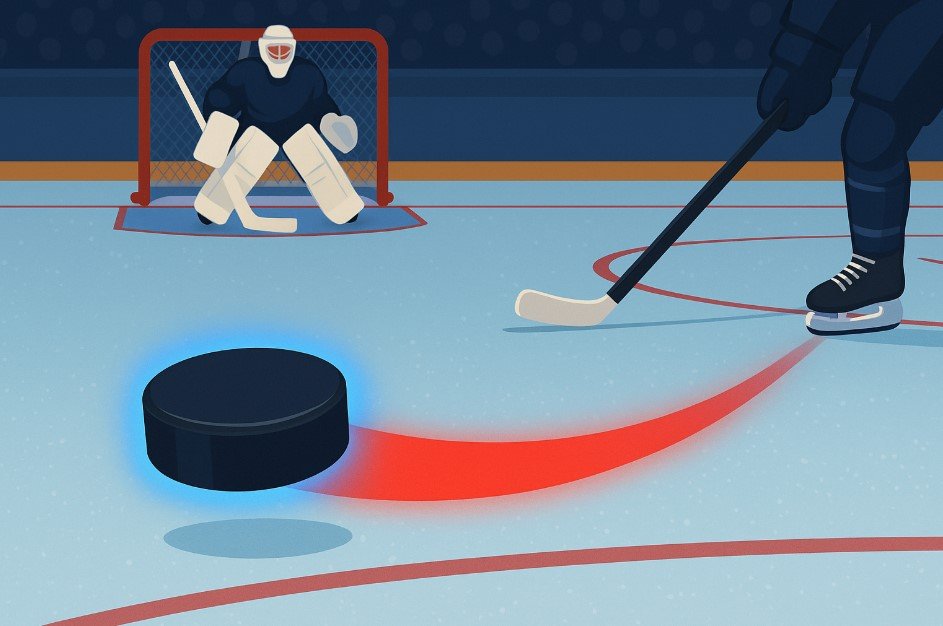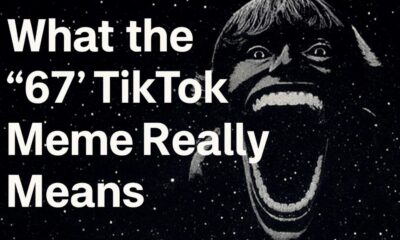Sports
Information About FoxTrax Software: Augmented Reality in Sports

In the mid-1990s, Fox Sports introduced a new type of sports technology that aimed to solve a common problem in hockey broadcasting: the difficulty of following the puck on TV. This innovation was known as FoxTrax. Also referred to as the “glowing puck,” the system used augmented reality to help viewers better track the puck during fast-paced National Hockey League (NHL) games.
While the technology was short-lived, it played an important role in the development of augmented reality in sports broadcasting. This blog explains how FoxTrax software worked, its background, how it was received by the public, and what came next.
Why FoxTrax Was Created
In 1994, Fox Sports won the rights to broadcast NHL games in the United States. The network wanted to attract more American viewers to hockey, a sport that was more popular in Canada. One challenge was that it was hard to see the puck on screen, especially when it moved quickly or was hidden by the sideboards.
David Hill, then head of Fox Sports, believed that making the puck more visible would make the game easier to watch and understand. This idea led to the creation of FoxTrax, which was first introduced during the 1996 NHL All-Star Game.
How FoxTrax Software Worked
FoxTrax was a combination of physical and digital technology. Engineers modified real hockey pucks by inserting infrared sensors, a circuit board, a battery, and a shock sensor. These parts allowed the puck to send infrared signals, which could be detected by special cameras around the rink.
Each puck was carefully designed to match the weight and size of a regular NHL puck. Engineers wanted to make sure the puck would behave the same on the ice, so players wouldn’t feel the difference during play.
The infrared signals from the puck were picked up by cameras, and data was sent to a production truck called the “Puck Truck.” Inside the truck, computer systems processed the data and added digital effects to the broadcast, such as a glowing blue halo around the puck and motion trails for speed. When the puck moved faster than 70 mph, the trail turned red.
Challenges with the Puck
Although the idea was creative, the technology had limitations. Each puck’s battery lasted for about 18 minutes, so many backup pucks were needed for each game. On average, 50 modified pucks were brought to each game. Once used, the pucks could not be reused, which made the system costly.
Some players noticed that the puck felt different, even though it passed NHL standards. This was likely due to the way the puck bounced or moved because of the internal electronics.
Public Reaction to FoxTrax
Viewers had mixed reactions to the FoxTrax system. Some casual fans and new hockey viewers appreciated the added graphics because they made it easier to follow the puck. But many hardcore hockey fans disliked the glowing puck, saying it was distracting and took away from the traditional experience of watching the game.
Critics in Canada were especially vocal. They believed the technology was a gimmick and that it suggested American audiences weren’t smart enough to follow hockey without digital help. Some even compared it to video game graphics.
In 2002, an ESPN poll asked readers to vote on the worst sports innovations in history. The Fox glow puck ranked sixth. Still, Fox conducted its own survey, which claimed that 10 out of 10 people liked the new puck.
End of FoxTrax
Fox used the system from 1996 until the end of the 1997–1998 NHL season. After that, NHL broadcast rights went to ABC, and the glowing puck was no longer used. Fox never brought FoxTrax back for hockey, but it continued to use the name for other visual enhancements in different sports, such as virtual strike zones in baseball and graphic overlays in NASCAR.
What Came After FoxTrax
Although FoxTrax was not a long-term success, the ideas behind it influenced future technologies in sports broadcasting. Rick Cavallaro, one of the lead engineers, later co-founded Sportvision, a company that built more advanced sports graphics. One of its most famous inventions is the yellow first-down line used in American football.
In recent years, the NHL has explored new ways to use tracking data. In partnership with companies like SAP and Sportvision, the league tested systems that used sensors to track both players and pucks in real-time. These systems were showcased during the 2019 NHL All-Star Game. After some delays, the full rollout of this advanced tracking system began in the 2020–2021 season.
Impact on Sports Broadcasting
FoxTrax helped lay the groundwork for many of the augmented reality and virtual graphics that are common in sports today. It showed that fans could benefit from helpful visual aids, but also highlighted the importance of using technology in a way that respects the traditional viewing experience.
Modern sports broadcasts often include real-time stats, tracking data, heat maps, and other forms of visual overlays. Many of these tools were inspired by experiments like FoxTrax, which pushed the boundaries of what sports television could offer.
Final Thoughts
While FoxTrax only lasted a few years, its legacy remains important. It was one of the first attempts to blend real-time data with live sports broadcasts in a meaningful way. Even though the glowing puck didn’t win over all viewers, it led to bigger and better innovations in sports media.
If you are looking for more information about Foxtpax (misspelling of FoxTrax) software, it’s helpful to explore how augmented reality in sports has changed over the years and which companies are leading the development of modern broadcast graphics.
-

 Social Media2 months ago
Social Media2 months agoWhat the “67” TikTok Meme Really Means
-

 Tech2 months ago
Tech2 months agoWhat To Do When Your Business Faces Network Vulnerabilities
-

 Self Improvement2 months ago
Self Improvement2 months agoUsing BCBS Rehab to Access Quality Addiction Care
-

 Games2 months ago
Games2 months agoPusoy Strategies for Play That Also Work in Pusoy Dos in English






